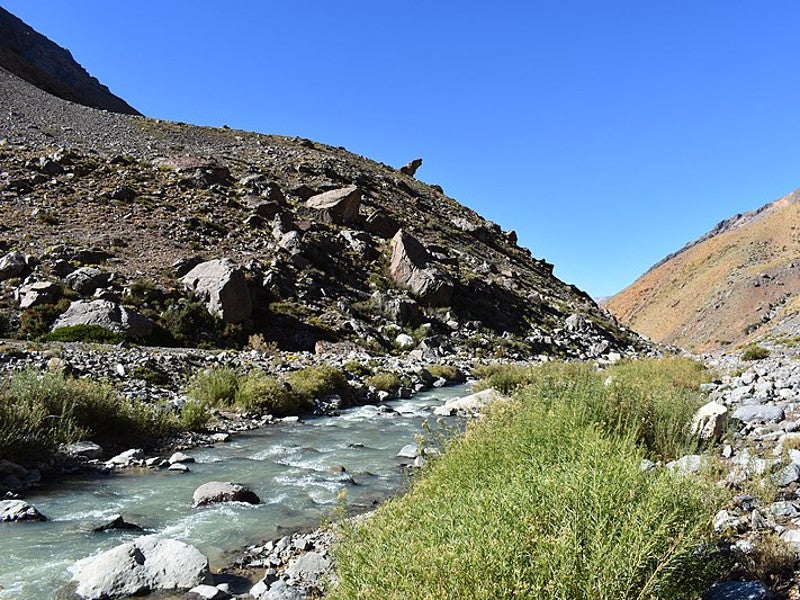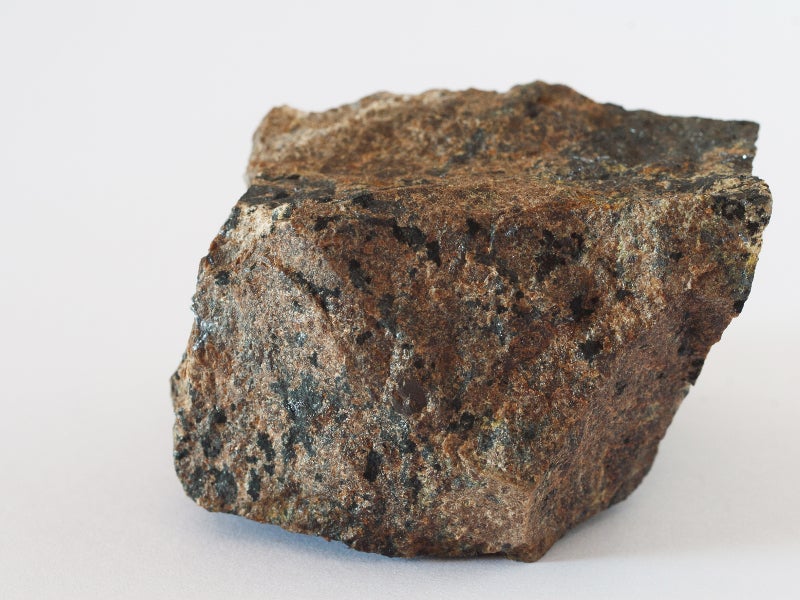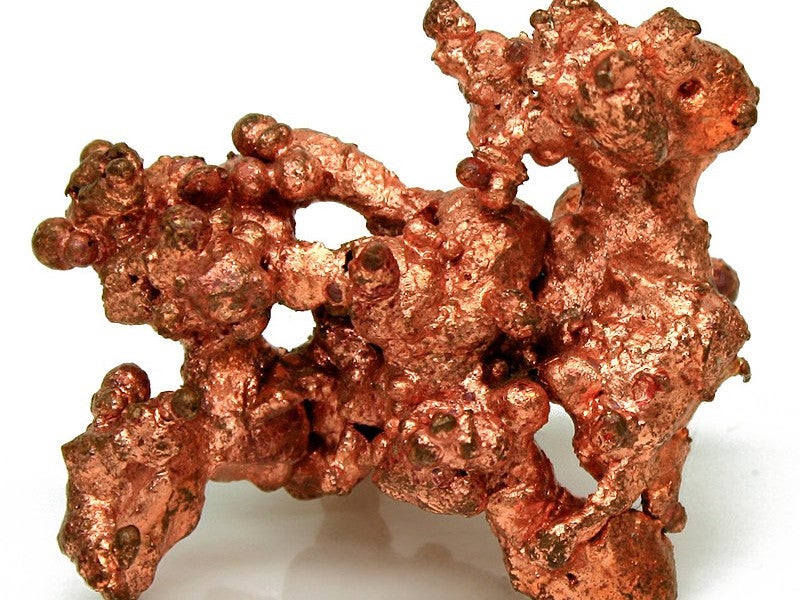Vizcachitas is a large copper-molybdenum porphyry deposit located in the Rio Rocin Valley of central Chile. It is planned to be developed as an open-pit mine by Los Andes Copper, a Canadian mining company focused on the acquisition, exploration, and development of copper deposits in Latin America.
Los Andes Copper received environmental approval for the Vizcachitas project from Chile’s Environmental Evaluation Service (SEIA) in April 2019.
The company announced positive results of a preliminary economic assessment (PEA) for the copper-molybdenum project in June 2019.
A pre-feasibility study (PFS) for the project is currently in progress which is expected to be completed by the end of 2020. A feasibility study (FS) is expected to be prepared by 2022, while the construction works are expected to be started in 2023 with the start of commercial operations expected in 2024.
The Vizcachitas project is expected to produce up to 5.6 million tonnes (Mt) of copper and 156,000t by treating up to treating 200,000t of ore a day over an estimated mine life of 30 years.
Location, geology, and mineralisation
The Vizcachitas copper-molybdenum porphyry deposit is located in the Andes Mountains, approximately 150km north-east of Santiago and approximately 46km away from the Putaendo town in the San Felipe de Aconcagua Province.
The Vizcachitas deposit lies in the Neogene metallogenic belt in central Chile that also hosts other large porphyry deposits including Río Blanco-Los Bronces, Los Pelambres-Pachon, and El Teniente.
The copper and molybdenum mineralisation in the Vizcachitas deposit is found hosted in complex porphyries and breccias.
Copper and molybdenum reserves at Vizcachitas
The measured and indicated mineral resources at Vizcachitas were estimated to be 1.28 billion tonnes grading 0.396% copper and 141.4ppm molybdenum, as of June 2019.
The inferred mineral resources were estimated to be 788Mt grading 0.337% copper and 127ppm molybdenum.
Mining and ore processing for the Vizcachitas project
The open-pit mining method will be implemented for the Vizcachitas copper-molybdenum project. Open-pit mining is proposed to be carried out in 20m benches with an aim to reach a maximum vertical head of 220m through 11 benches per year.
The mining fleet will comprise 73yd³ electric shovels, 56yd³ hydraulic shovels, 31yd³ front-end loaders and 330t haul trucks. The ancillary equipment for the mining operation will include bulldozers, wheel dozers, motor graders, water trucks, and fuel oil tanker trucks.
The extracted ore will be trucked to a nearby concentrator plant which will house crushing, grinding and a floatation circuit for the production of concentrates.
The run-of-the-mine (ROM) will be fed into a primary gyratory crusher and the crushed ore will be sent to one of the three stockpiles depending on the ore grade.
Ore from the stockpiles will then pass through a semi-autogenous grinding (SAG) and a ball mill for grinding.
The fine ore material will be fed into the floatation circuit of the plant where it will undergo rougher flotation, rougher concentrate regrind, three stages of cleaner flotation and three stages of scavenger flotation for recovering copper and molybdenum concentrates.
The obtained concentrates will be thickened, dried and packed in bags for transport to a rail load-out facility for shipping.
Infrastructure facilities
The project site is accessible through an existing 125km-long paved road from Santiago to the village of Los Patos, from where a 25km-long unpaved road runs to the project area.
The electricity supply to the project site can be facilitated through connection with either the Nogales substation located 105km away or the Las Vegas substation located 74km away.
Process water will be drawn from the Rocin River that runs through the project site.
The Ventanas concentrate port is located approximately 140 km from the project site. A 120km railway line that connects San Felipe with the Ventanas port facility is being used for Codelco’s concentrate shipments. The Vizcachitas project site is located 65km away from the San Felipe city.
There are two existing smelters along the San Felipe-Ventanas rail line. The Codelco-owned Ventanas copper smelter is located near the port, while Anglo American’s Chagres smelter is situated approximately 25km from San Felipe.
Consultants involved
Tetra Tech Chile prepared the PEA for the Vizcachitas copper-molybdenum project.





